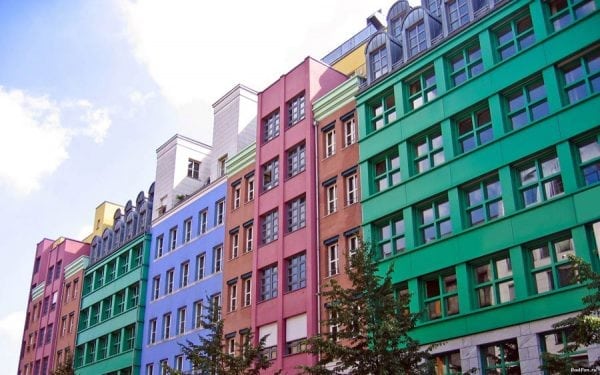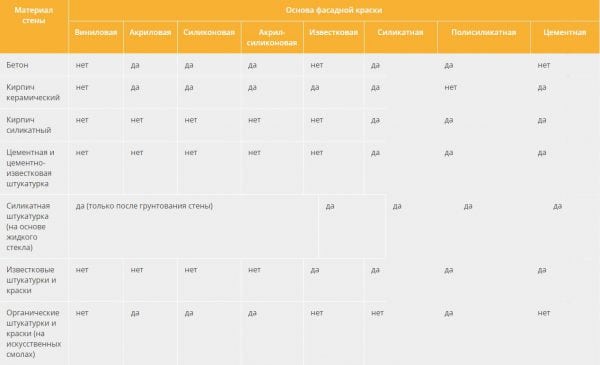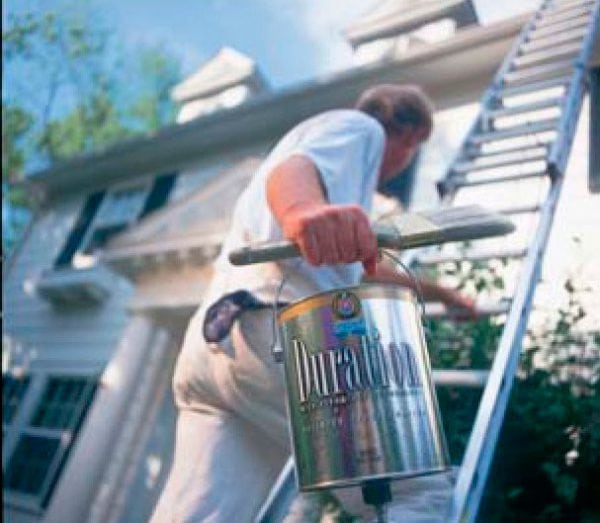Plaster is the main element of any facade, and at the construction site it is also considered the final finish. Although it has good functional qualities, it does not look very attractive in appearance, remaining a gray and unsightly canvas. To change her “mood”, it is necessary to apply paint for facade works on the wall of the house, which will give the entire structure an interesting, decent appearance.
- Front materials for painting
- Types of painting compounds for facade work
- Composition for covering the facade
- Silicone plaster painting
- Application of the composition
- Application of the coloring ingredient
- Facade painting tool
- Paint Usage Chart
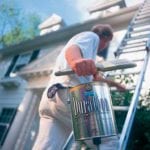
Front materials for painting
Facade painting compositions have a positive effect on the walls of any structure. They differ from internal materials in their physicochemical parameters and weather resistance. High-quality material makes it possible to maintain and increase the life of the plaster layer, these properties include:
- increase in moisture resistance of external walls;
- hygroscopicity - the composition does not clog the pores of the wall of the house, therefore, vapor removal from the room to the outside works within the normal range;
- additional resistance and blocking the penetration of precipitation;
- increased tolerance for finishing various temperature conditions;
- preventing the spread of microorganisms and fungal diseases.
to contents ↑Interesting! Color thanks to production technology does not fade even in sunlight. And the design of the outer wall itself will please the eye with bright colors for a long time.
Types of painting compounds for facade work
Paint for facades can be differentiated into several groups:
- acrylic;
- silicone;
- silicate.
Composition for covering the facade
Each group of paints has its own differences, for example, silicone and acrylic:
- they do not have a pungent odor, since ordinary water is in their component;
- work with acrylic and silicone compounds can be carried out in working rooms, and not only in the process of termination of finishing and construction activities;
- Exterior acrylics have been a decoration for decades.
to contents ↑Interesting! The main component of the silicone coating is water glass, so you need to be careful enough with it. A positive point in working with a silicone base is protection against microcracks that have appeared on the walls.
Silicone plaster painting
In terms of aesthetics, after adjusting to the plaster front paint Bark beetleShe looks just fine. On the finished surface, it can be considered as a pitted wooden bark - hence its name. But in fact, a minor grain is included in the composition of the paint and varnish material, which works like the Bark beetle effect.
Application of the composition
Usually facade painting it is carried out after the roof has been laid, window and door openings have been installed, slopes and window sills are brought to zero, all the necessary engineering conductors are laid. There are separate climatic conditions that must be met:
- air temperature should be in constant stability;
- at the time of the work, the average daily temperature should not exceed ten degrees;
- It is strictly forbidden to carry out painting work with increased dampness, as well as in rain;
- the wall surface of the house should be dry;
- it is not recommended to apply facade paint at a high plus temperature, as well as at the time of exposure to ultraviolet rays.
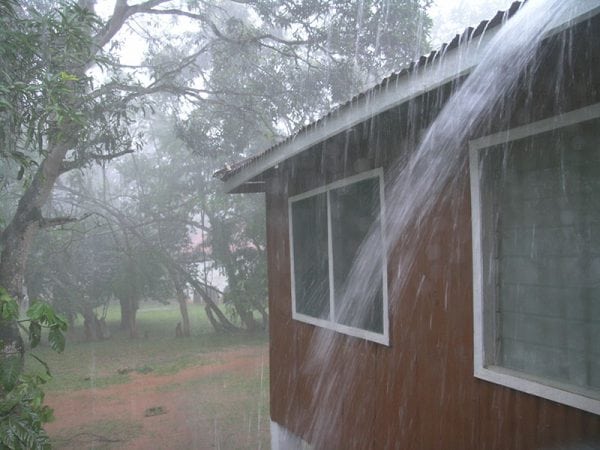
Application of the coloring ingredient
Before painting the surface of the exterior walls of houses, the preliminary plaster is thoroughly cleaned of dust and contaminants. An oily stain that accidentally hits the wall must be removed; if it is not neutralized, then after a while it will ruin the entire painting process. If there are defects, they can be corrected independently. Applying a primer before coloring the facade is mandatory.
to contents ↑Facade painting tool
The technological process during painting the exterior walls of the house has several options. Which tool is more convenient to use for work:
- Simple brush. It is used mainly for small areas, all necessary work is carried out with scaffolding.
- Roller surface painting is the simplest and most common way.
- Using a spray gun. Paint is sprayed with a thin layer over the entire surface to be painted.
The most common tool for painting facades is the roller. Regardless of the type of material, when painting with a roller, the following rules must be observed:
- all paint is applied in a single layer without interruption;
- staining is recommended to be performed from top to bottom in order to avoid streaks on the finished surface;
- "Bark beetle" is applied with a plastic spatula.
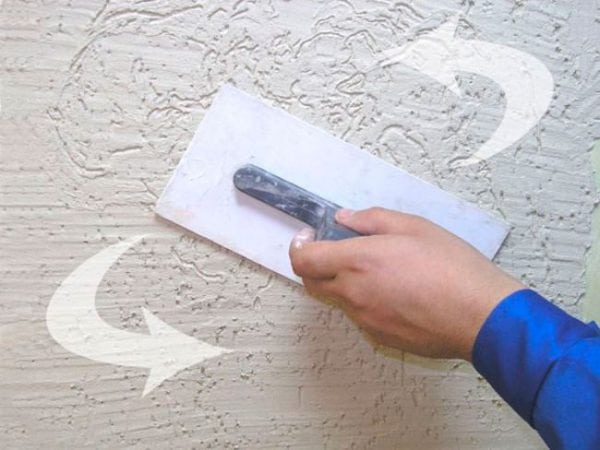
Paint Usage Chart
Basically, the material is selected according to the usual principle - what plaster is applied to the facade of the house, the same will be the paint. If the plasterboard was made on the organic component - silicone, then the paint for this is selected appropriate, and so on.
We recommend that you familiarize yourself with facade paints for concrete.
Most materials have good performance. A big plus in working with facade paint is its simple and convenient application, the absence of a pungent odor and the ease of removing unwanted traces with a wet cloth.

